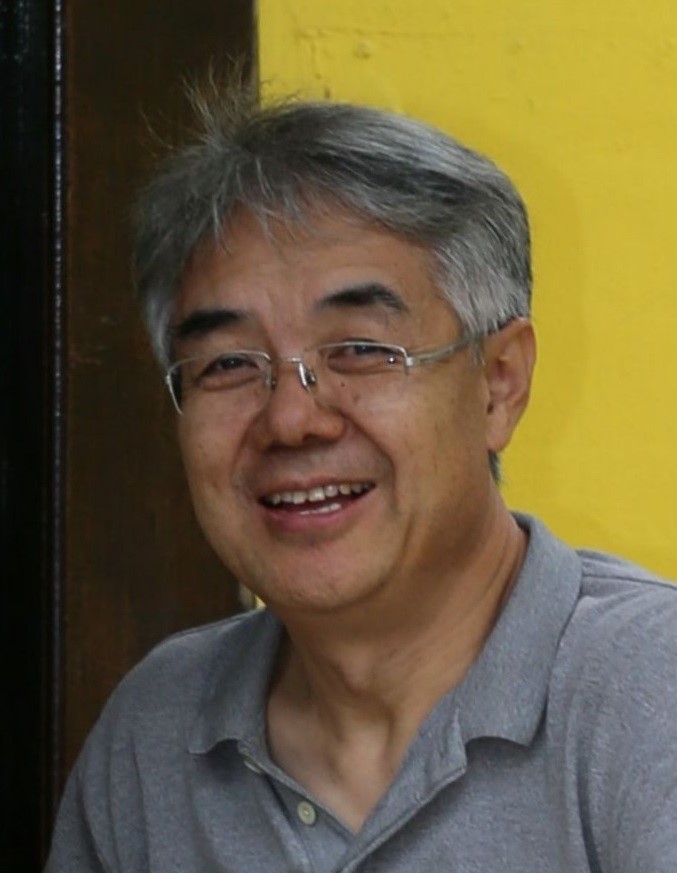Update on 2DMatPedia and High Throughput
Screening of 2D Materials for Hydrogen Evolution Reaction and Nitrogen Fixation
J.
Zhou1, T. Yang1, X. Y. Ma1, X. T. Tang1,2,
L. Shen3, M. D. Costa4, Y. Liu2, Y. P. Feng1,4*
1 Department
of Physics, National University of Singapore, Singapore;
2 Materials Genome Institute,
Shanghai University, China;
3
Department of Mechanical Engineering, National University of Singapore,
Singapore;
4
Centre for Advanced Two-Dimensional Materials, National University of
Singapore, Singapore
ABSTRACT: At the Third Forum of Materials Genome Engineering in Kunmin,
2019, I introduced 2DMatPedia – a database for two-dimensional (2D) materials.
Here, I will report further development and the current status of the 2D
materials genome, and in particular our studies on 2D alloys. In addition, I
will discuss a couple of applications of high throughput materials screening
based on 2DMatPedia. In the first example, we performed a comprehensive
screening of 2D materials in 2DMatPedia to identify 2D materials with intrinsically
active basal planes for hydrogen evolution reaction (HER). Using the
differential hydrogen adsorption Gibbs free energy as the thermodynamic
descriptor, we identified nine conducting, synthesizable, and exfoliable 2D
catalysts with active basal planes (C8, NbS2, NbSe2,
TaSe2, IrTe2, Ti2Se2, Ba2Cu2,
Pr4C2Cl5, and Ce4C2Br5)
which are predicted to have HER performance comparable to that of Pt-based
catalysts. In the second case, through first-principles high-throughput
screening, we found that single molybdenum atom (Mo) anchored on top of the Mo
site of monolayer molybdenum disulfide (MoS2) has the best nitrogen
reduction reaction (NRR) performance among relevant transition metals in single
atom catalysis (SAC) of electrochemical NRR. This work demonstrates that
monolayer MoS2 can be a potential alternative substrate to anchor
transition metal SAC towards NRR.
Keywords:2D materials; database; high throughput screening; HER; NRR
* Corresponding author:
phyfyp@nus.edu.sg.

Yuan Ping Feng received his B.Sc. degree from Lanzhou University in 1982 and Ph.D. from Illinois Institute of Technology in 1987. After working as a postdoc for three years at Purdue University, he joined the National University of Singapore (NUS) as a faculty member in 1990. His research interest is in computational materials physics, focusing mainly on understanding of fundamental properties of materials for advanced technologies, and prediction of new materials based on ab initio electronic structure calculations and genomic approach. Y P Feng is a fellow of the American Physical Society, a fellow of the Institute of Physics, Singapore, and an Academician of the Asian Pacific Academy of Materials. He is currently the Second Vice President of International Union of Materials Research Societies, and a Vice President of Materials Research Society of Singapore.